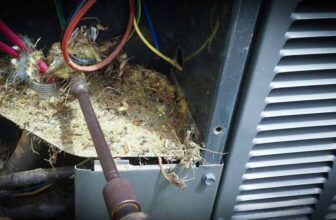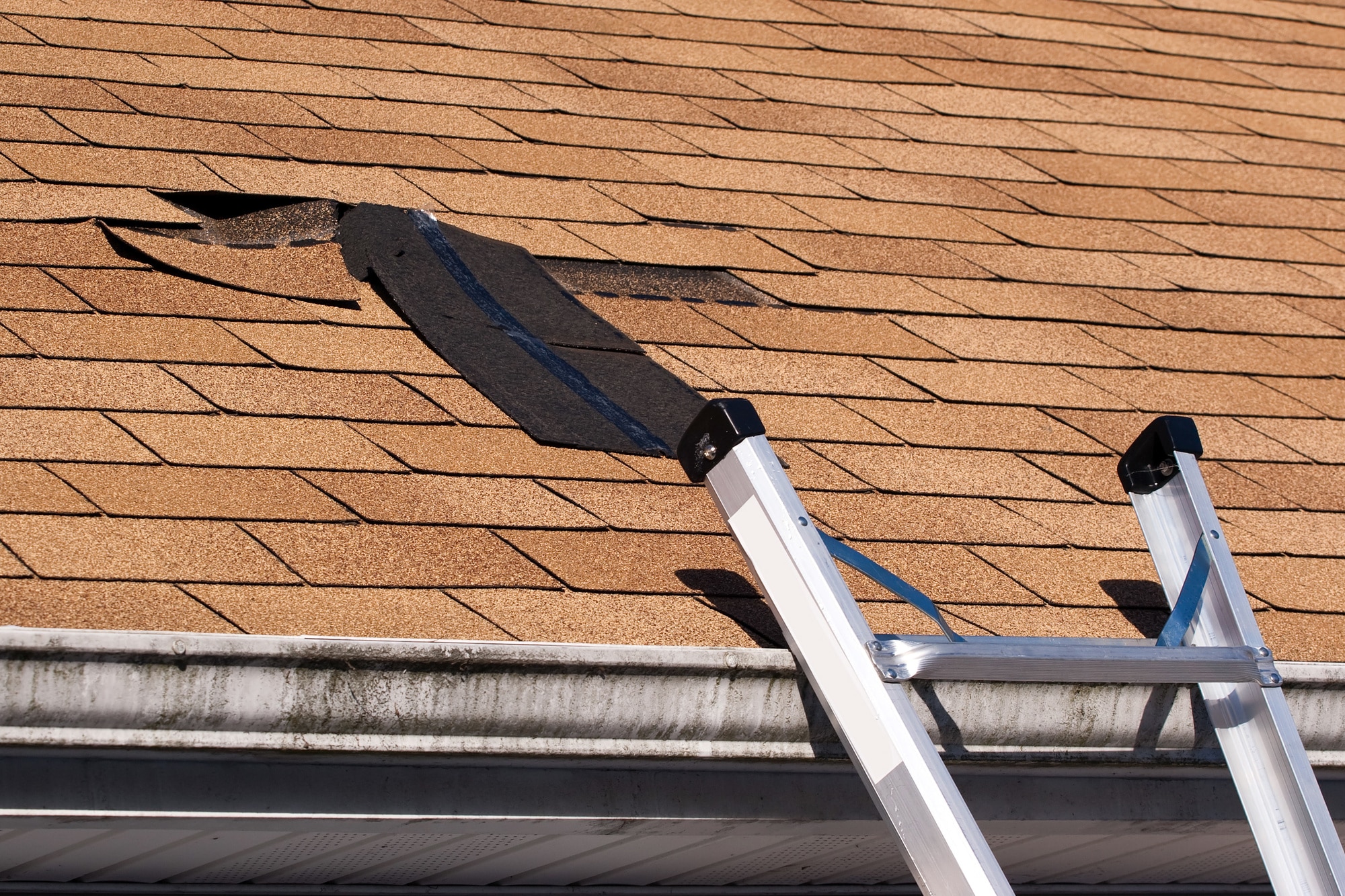
There’s an old adage that goes, “A stitch in time saves nine.” This could not be truer for home maintenance, especially when it comes to your roof. Your roof is your home’s first line of defense against the elements, and its condition can significantly impact your property’s value, energy efficiency, and safety. By learning to spot early signs of roof damage, you can mitigate potential hazards, save yourself from costly repairs, and extend its lifespan. This blog post serves as a comprehensive guide on how to check your roof for early signs of damage, and what actions to take when you find them.
Table of Contents
Check for Exterior Signs
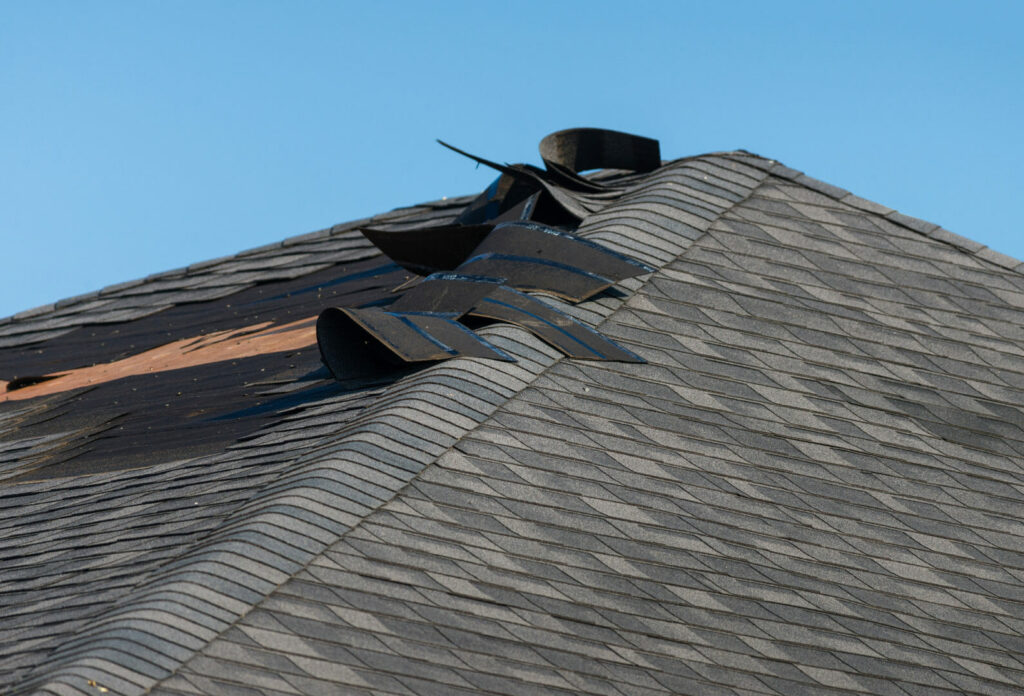
Source: ghclark.com
To kick off our roof damage detection journey, let’s start with an exterior inspection. This involves looking for visible signs of damage. Missing or cracked shingles are a tell-tale sign of a problem. Curling edges on shingles could indicate aging, inadequate ventilation, or improperly installed underlayment. Algae growth, while more of a cosmetic issue, can trap moisture and lead to more serious problems over time.
Moreover, you should check for sagging or unevenness on the roofline. This could signal severe structural issues, such as a rotting roof deck or a foundation problem. It’s also wise to check for any dark patches or streaks on your roof. These could be signs of moisture build-up and should be addressed immediately to prevent further damage.
Examine the Attic
Next, let’s move to the inside of your home—specifically, the attic. This is where you can spot potential water leaks or damage before they wreak havoc on the rest of your house. Look out for water stains, leaks, or even sunlight entering through cracks, which are glaring indicators of roof damage.
Furthermore, the attic plays a critical role in maintaining proper ventilation in your home. Poor ventilation can cause moisture to accumulate, which can then lead to mold growth, wood rot, and compromised insulation. So, ensure that your attic’s vents are not blocked and are free of any damage.
Inspect Gutters and Downspouts
Your gutters and downspouts are your roof’s drainage system, leading water away from your house to prevent accumulation. Clogs, cracks, or improper drainage can contribute to roof damage and even cause foundational issues which would require roof replacement. It’s crucial to regularly clean your gutters to prevent debris build-up. Moreover, during rainfall, observe how your gutters and downspouts are handling the water. Any spillover or accumulation is a red flag that needs immediate attention.
Look for Interior Signs
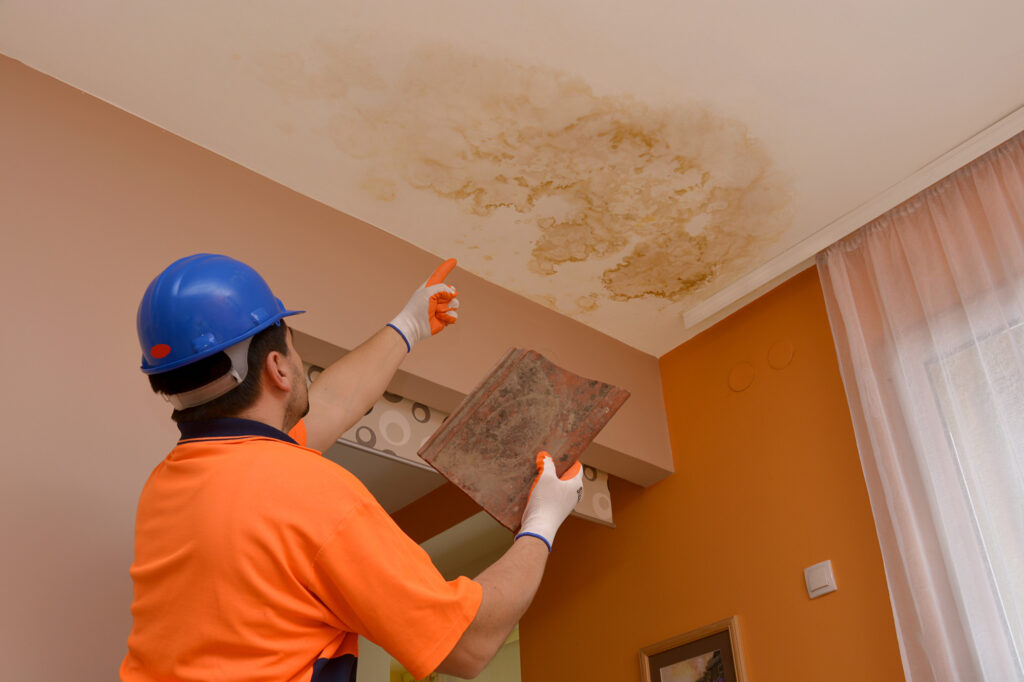
Source: 321gutterdone.com
While it’s essential to inspect the exterior of your roof and attic, do not forget to look for signs of the damage inside your home. Peeling paint, water stains on ceilings or walls, and mold growth may all indicate a roof leak. Additionally, look out for unexplained increases in your energy bills. This could be due to poor insulation resulting from roof damage.
Assess Flashing and Seals
Flashing and seals are critical components of your roof. They prevent water penetration around edges, chimneys, vents, and other penetrations. Damaged or deteriorated flashing and seals could lead to serious water leaks. Regularly check these parts of your roof, looking out for rusting, cracks, or dislodged pieces.
Monitor for Granule Loss
Asphalt shingles, a popular roofing choice for many homeowners, are coated with mineral granules that serve multiple crucial functions. These granules act as a shield, protecting the shingles from harmful UV radiation that can deteriorate the asphalt coating over time. Additionally, they provide an extra layer of fire resistance, a factor that can make a significant difference during a wildfire. However, over time, these granules may loosen and fall off, a process known as granule loss. This can lead to accelerated shingle aging and compromise the overall integrity of the building. You may notice excessive granule deposits in your gutters or on the ground around your home, or even see bare spots on your shingles where the granules have worn away.
Be Vigilant for Roof Pests
Pests, including rodents or birds, can wreak havoc on your roof, causing substantial, sometimes irreparable, damage. Rodents can chew through materials, while birds and insects may build nests that block gutters or ventilation systems. Moreover, accumulated droppings can eat away at your roofing material, causing further damage. Therefore, vigilance is key in detecting and mitigating the damage caused by these unwelcome guests. Regularly inspect your house for signs of pest activity, such as nests, droppings, or chewed materials. If you notice any of these signs, it’s essential to act quickly and contact a pest control professional.
Take Into Account the Age of the Roof
One significant factor that can impact your roof’s vulnerability to damage is its age. Like most things, roofs also have an expiration date. Most asphalt shingle ones, for example, have a lifespan of about 20 years. However, tile and metal roofs, while more expensive upfront, can last much longer, often up to 50 years or more. As it ages, it becomes more susceptible to wear and tear, making it more likely to sustain damage. If your roof is nearing or has exceeded its expected lifespan, it would be prudent to consider a professional inspection. An aging one may have hidden damage that could lead to serious problems down the line.
Undertake Weather Damage Assessment
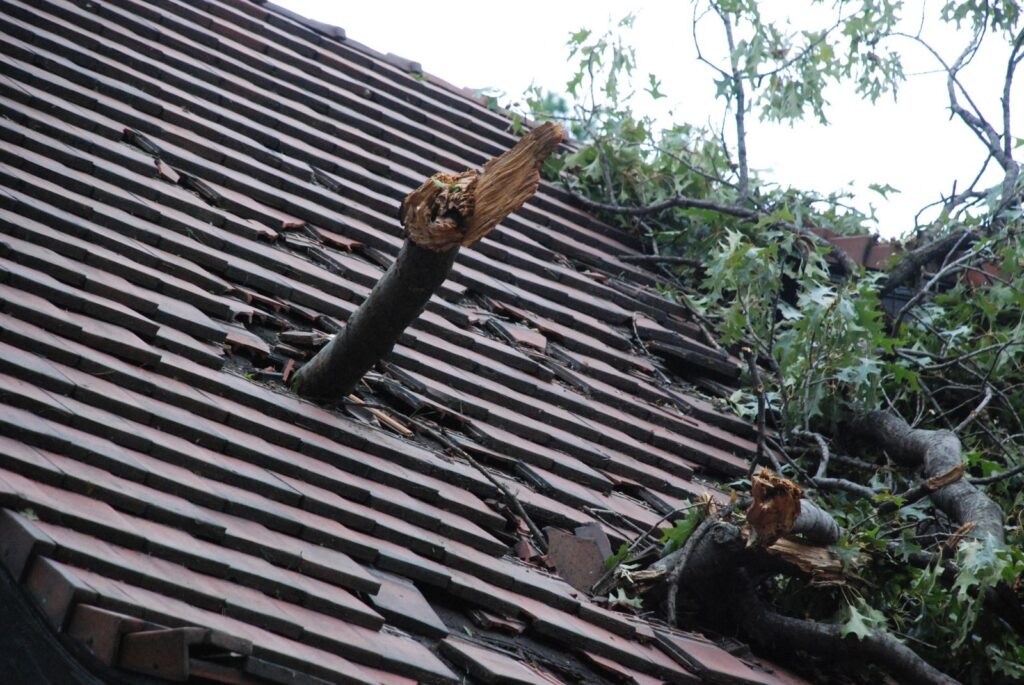
Source: roofdentist.com.au
Extreme weather conditions, including storms, hail, high winds, or even harsh sunlight, can cause considerable damage. These weather events can tear off or damage shingles, leading to leaks or other structural problems. Debris carried by high winds can also strike your roof, leading to potential damage. After any severe weather event, it’s essential to assess your roof for any signs of damage. This includes looking for missing or damaged shingles, checking for any accumulated debris, and checking your home’s interior for any signs of leaks. If you identify significant damage or are unsure, it would be wise to seek a professional inspection.
Stress on the Importance of Regular Maintenance
In conclusion, it’s important to stress that the most effective way to prevent and spot early signs of roof damage is through regular, proactive maintenance. This includes simple tasks such as routinely cleaning your gutters to prevent blockages that can cause water to back up and damage your roof. Also, it involves regular self-checks to spot any early signs of damage, such as granule loss or a pest presence. Furthermore, scheduling professional inspections, especially as it ages or after severe weather events, is crucial. These inspections can uncover hidden damage or vulnerabilities that you might miss.
Conclusion
Roof maintenance may seem like a daunting task, but it’s an integral part of homeownership. It helps to prevent potentially costly damage and ensures the safety and longevity of your home. By following this checklist, you’ll be well-equipped to spot early signs of the damage. However, remember that while self-inspections are helpful, they are not a substitute for professional inspections. So, prioritize regular professional checks and address any detected issues promptly. Your roof, your home, and your wallet will thank you for it!





